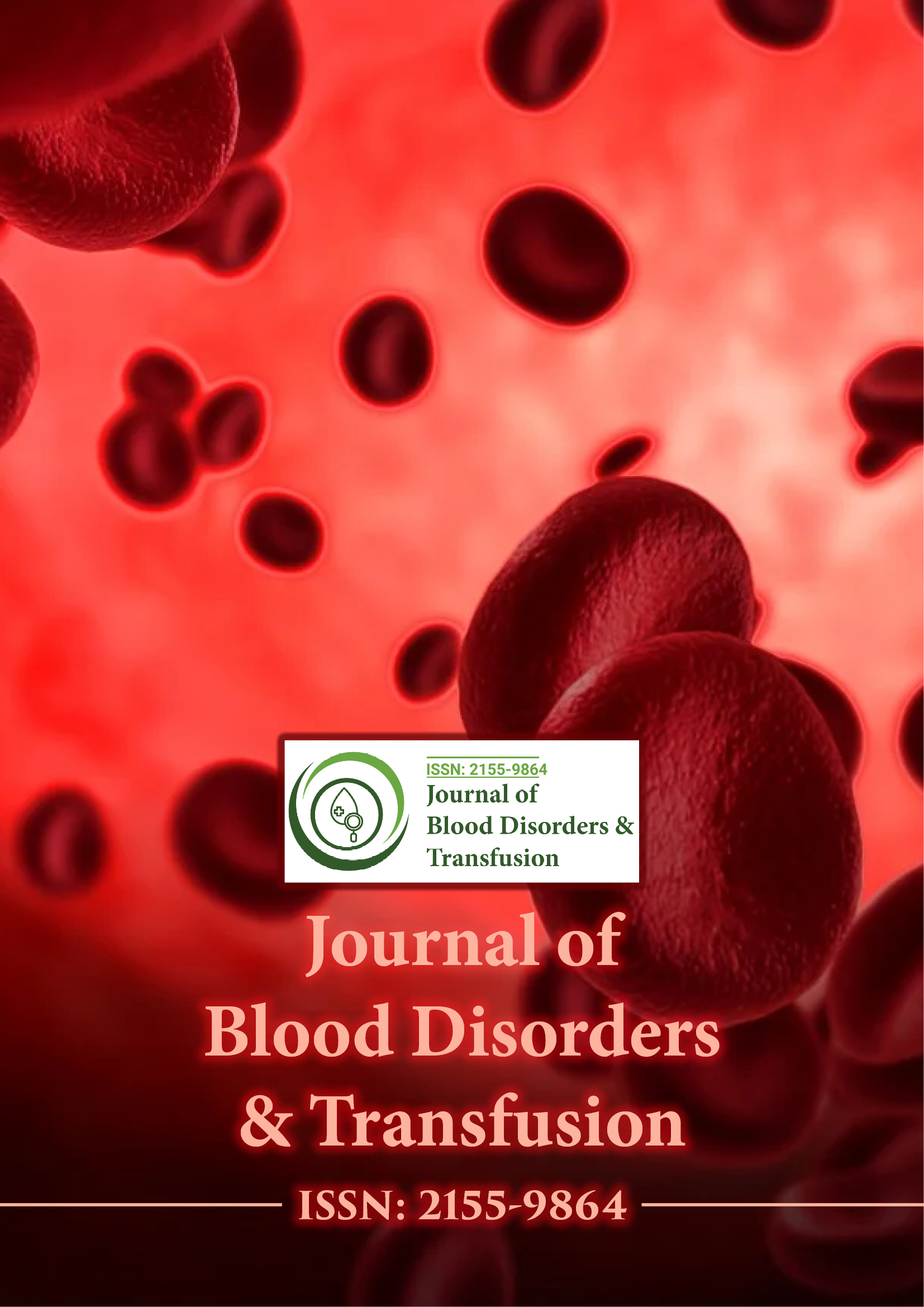Indexed In
- Open J Gate
- Genamics JournalSeek
- JournalTOCs
- Ulrich's Periodicals Directory
- RefSeek
- Hamdard University
- EBSCO A-Z
- OCLC- WorldCat
- Proquest Summons
- Publons
- Geneva Foundation for Medical Education and Research
- Euro Pub
- Google Scholar
Useful Links
Share This Page
Journal Flyer

Open Access Journals
- Agri and Aquaculture
- Biochemistry
- Bioinformatics & Systems Biology
- Business & Management
- Chemistry
- Clinical Sciences
- Engineering
- Food & Nutrition
- General Science
- Genetics & Molecular Biology
- Immunology & Microbiology
- Medical Sciences
- Neuroscience & Psychology
- Nursing & Health Care
- Pharmaceutical Sciences
Abstract
Risk Factors for Cervical Cancer in Office-Based Patients 7
Delio DÃÂaz Romero*
Introduction: Cervical cancer (CCU) is a health problem for humanity; it can contribute to its prevention if it is diagnosed early, with the active participation of women and the actions that health professionals carry out every day. Blood leads a significant role in cervical cancer treatment, primarily in delivering chemotherapy drugs and supporting overall health. Blood tests monitor treatment effectiveness, track cancer markers, and assess organ function. Additionally, blood transfusions may be needed during treatment to manage anemia or low blood counts, ensuring patient stability.
Objective: To determine the possible association between risk factors and the occurrence of cervical cancer in women treated in clinic 7 of the area of the polyclinic "Julio Castillo Álvarez" Chambas, Ciego De Ávila. Materials and methods: A retrospective case-control analytical study was carried out, representing 18 women between 25 and 60 years of age with a previous diagnosis of cervical cancer through cytological testing and colposcopy, who were treated at the neck pathology clinic of the Provincial Hospital of Morón, during the period in which the study was framed. In cervical cancer treatment, blood transfusions are vital for managing anemia and supporting chemotherapy. The study included teenagers and the women, aged 25-60, diagnosed through cytology and colposcopy at the many hospitals. Blood tests assessed hemoglobin levels, and transfusions were administered as needed to stabilize patients during therapy.
Results: Only 7 of the participants in the study reported a history of involvement in a pregnancy less than 2 years after the previous birth, for 13.0% of the total. Of these, 3 were among the cases for 16.7% of these and 4 among the controls, of which they accounted for 11.1%. Twenty of the women had a history of vaginal infection, which represented 37.0% of the total. Of these, 12 were among the cases for 66.7% of these and 8 among the controls, of which they accounted for 22.2%. It was observed that 30 of the participants reported the aforementioned adolescent pregnancy for 55.6% of the total, with the majority of the group of cases in which 13 occurred for 72.2% of it, while among the controls, 17 of which represented 47.2% were observed. Only 8 of the women reported a history of the harmful habit for 14.8% of the total, with 6 of them among the cases for 33.3% of these and 2 among the controls in which they represented 5.6%. The vast majority of women had this history of ingesting oral contraception, with a figure of 50 that represented 92.6% of the total, 16 of them among the cases for 88.9% and 34 among the controls in which they represented 94.0%.
Conclusions: The factors that represented a significant increase in the risk of getting sick were having the first sexual intercourse before the age of 15 and smoking. Short intergenerational period, personal pathological history of vaginal infection, the occurrence of the first intercourse before the age of 15 and the habit of smoking were all present in a clear minority in the study sample, with pregnancy in adolescence and the ingestion of oral contraceptives being mostly reported among females. Blood transfusion is significant in managing cervical cancer and traumatic blood loss, significantly reducing mortality and improving life quality.
Published Date: 2025-08-08; Received Date: 2024-08-04

